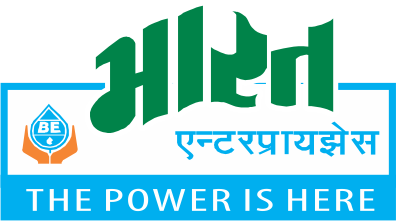Street Light
A street light, light pole, lamppost, street lamp, light standard or lamp standard is a raised source of light on the edge of a road or path.
The high pressure sodium lamp (HPS) is the most commonly used street light in many countries throughout the world. It produces bright light by electricity via mixture of gases, which produces light. The lamp itself is much preferable because it requires very little/less maintenance. These lamps are fairly efficient.
Street lighting provides a number of important benefits. It can be used to promote security in urban areas and to increase the quality of life by artificially extending the hours in which it is light so that activity can take place. Street lighting also improves safety for drivers, riders, and pedestrians.
Photocells detect if light is needed. … When the light is too low, such as at dusk or under heavy overcast skies, the sensor tells the computing unit within the streetlight to activate the flow of electricity. When the photocell detects too much light, the sensor will deactivate the streetlight
- Low-Pressure Sodium. Low-pressure sodium lights give off a yellow or orange glow because they only produce a single wavelength of yellow light, which results in a less intense light output. …
- High-Pressure Sodium. …
- Brief History of Sodium Vapor Lights.
